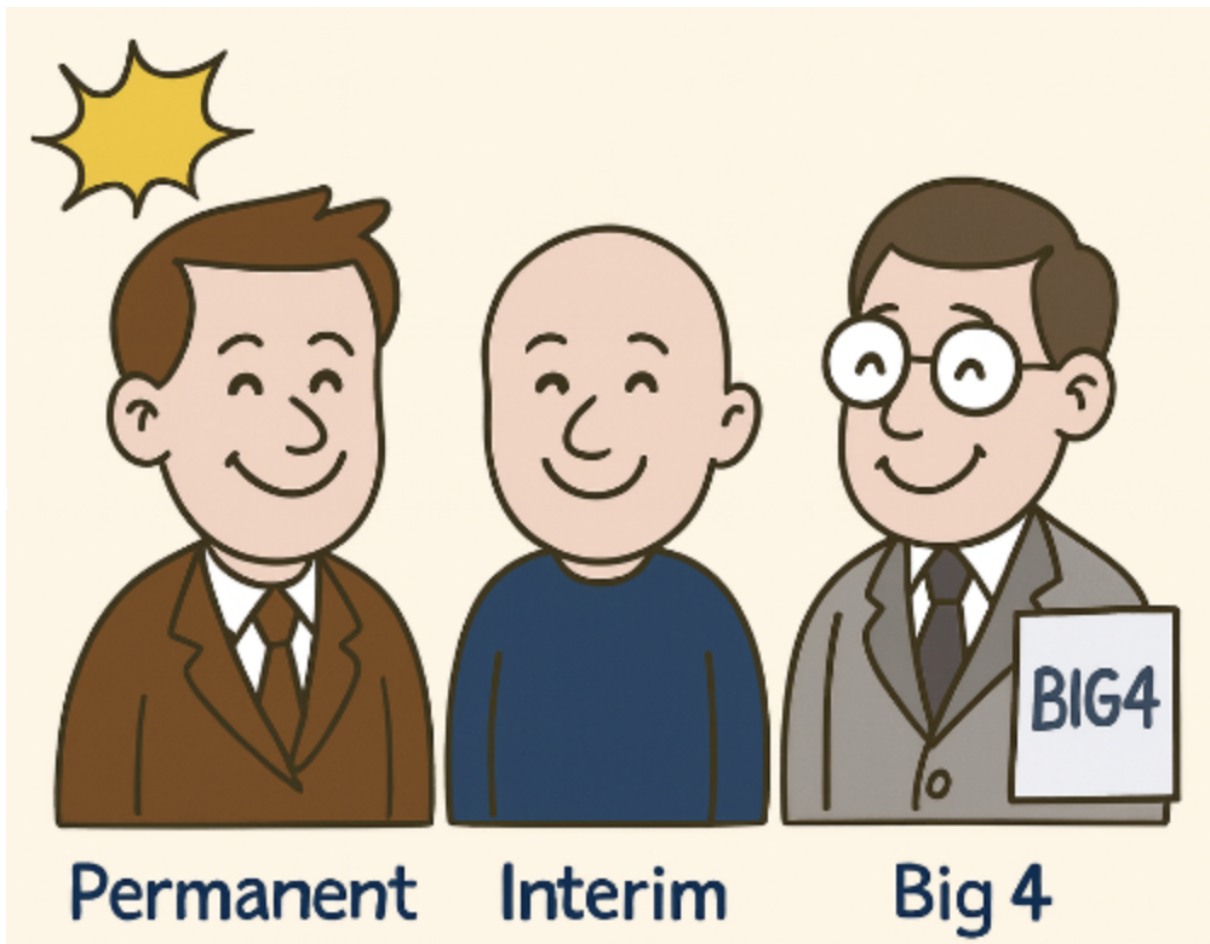A practical mini-guide for finance professionals making the switch
You’ve mastered the close, navigated audits, and found clarity in the numbers. But now you’re eyeing a move into treasury, the engine room of liquidity, risk, and financial strategy.
Switching from accounting to treasury isn’t just about learning new tools; it’s also about understanding the underlying principles. It’s about adopting a new mindset. Here’s your practical guide, with a fresh perspective for every step.
1. From Balance Sheets to Cash Flow Agility
Accounting gives you structure. Treasury demands agility.
Instead of simply reporting where things stand, treasury is about knowing:
- Where the cash is
- Where it’s going
- Whether it’ll be there when needed
New mindset: From “Did we close?” to “Can we fund?”
2. From Perfect Reconciliations to Timely Decisions
In accounting, reconciliation equals certainty. In treasury, certainty is a luxury. Markets move, liquidity shifts, and decisions can’t always wait for 100% accuracy.
New mindset: From “Is it 100% accurate?” to “Is it reliable enough to act on?”
3. From Controls to Controlled Momentum
Your accounting background gives you strong control instincts. That’s invaluable in treasury for fraud prevention, bank access management, and payment security.
But remember: too much control = slow treasury.
New mindset: From “How do we ensure compliance?” to “How do we stay in control without losing momentum?”
4. From Ledgers to Real-Time Liquidity
Ledgers tell you what happened yesterday. Treasury demands insight into what’s happening right now. Liquidity decisions can’t wait until month-end reporting.
New mindset: From “We report past performance” to “We secure future flexibility”
5. From Ideal Processes to Real-World Fixes
Accounting is about designing controls that should work. Treasury lives in the grey zone where things don’t always align. Systems clash, banks impose cut-off times, and approvals go missing.
Treasury professionals must act as both fixers and facilitators.
New mindset: From “Let’s define the perfect process” to “Let’s make the process work, no matter what.”
6. From Accruals to Actual Cash
Clean books mean nothing if the account is empty. In treasury, cash is king. Accruals don’t move money; only flows do.
New mindset: From “Does it hit the P&L?” to “Does it hit the cash balance?”
7. From Auditor to Risk Strategist
Your audit mindset is a hidden asset. Now use your risk radar to spot banking inefficiencies, FX exposures, and liquidity traps.
But spotting the problem isn’t enough. Treasury professionals are expected to solve them in real-time.
New mindset: From “What went wrong?” to “What can we avoid or improve right now?”
Final Shift: From Historian to Strategist
Accounting ensures integrity. Teasury ensures action. Accounting builds the finacial story, while treasury makes sure there’s a budget for the next cahpter.
If you are ready to move form numbers to navigation, from past focused to future-critical, treasury is waiting.
How to Take Your First Steps into Treasury
Practical ways to test and build your treasury skills:
- Sit in on a daily cash call
- Shadow your treasury team for a week
- Experiment with cash flow forecasts and FX dashboards
You’ve already mastered the logic. Now it’s time to unlock the tactics.
Grow Your Career with Pecunia Treasury & Finance
At Pecunia, we help finance professionals transition into treasury roles through:
- Mentoring programs
- Hands-on consulting
- Real-life treasury project opportunities
Whether you’re an accountant looking to pivot or a team in need of treasury expertise, let’s talk.
No buzzwords. No pressure. Just practical treasury support that delivers results.













